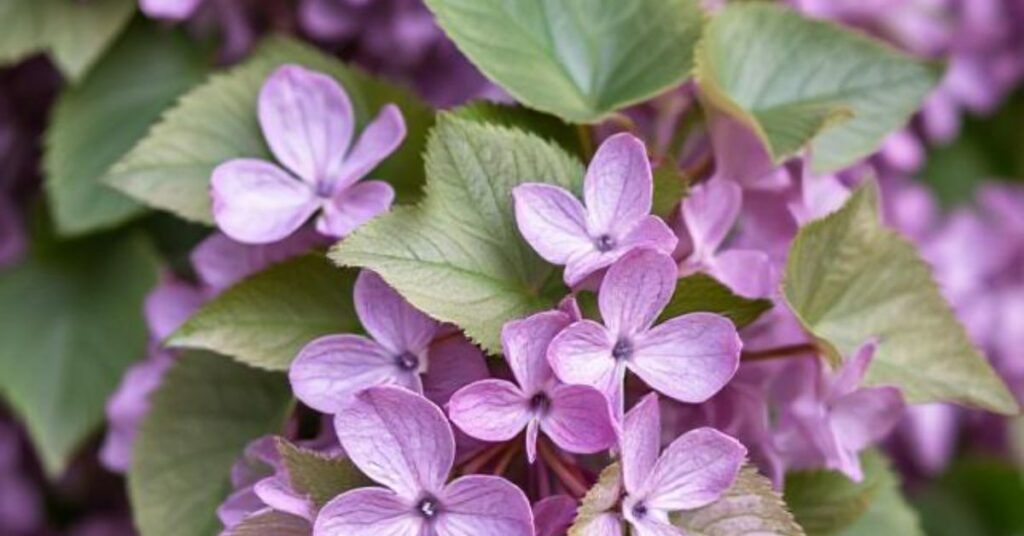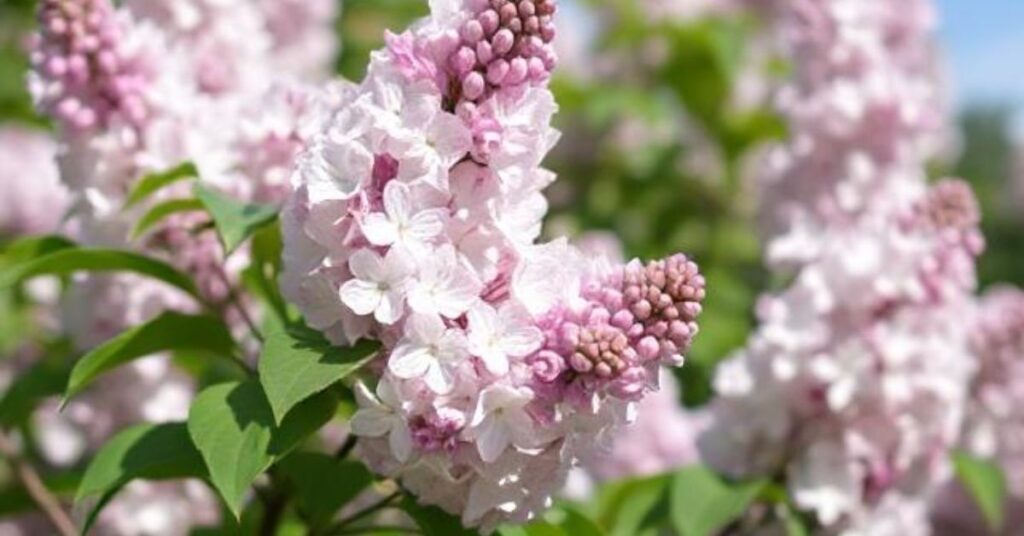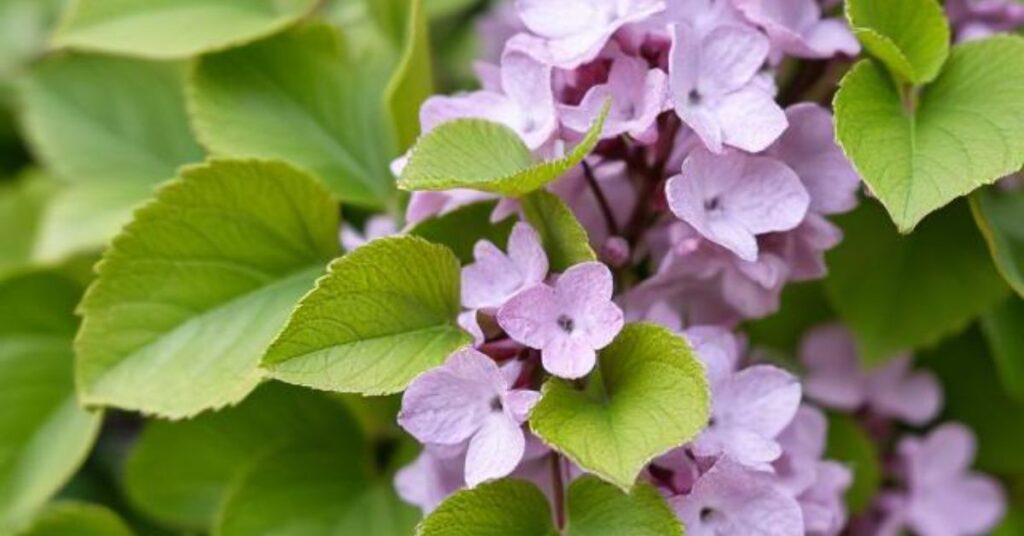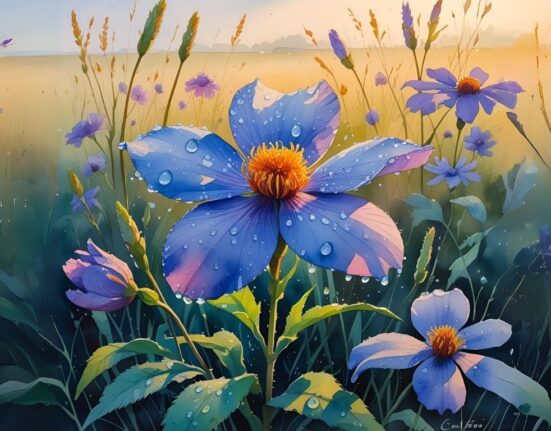Lilac flower have captured hearts for centuries with their delicate petals, enchanting fragrance, and timeless charm. Often considered a symbol of renewal and the arrival of spring, lilacs burst into bloom just as winter fades, filling gardens and neighborhoods with their sweet, unmistakable scent. These lovely flowers, which come in shades ranging from deep purple to soft white, are a visual delight and carry rich cultural and historical significance.Originating in areas of Asia and southeast Europe, lilacs have become beloved in gardens across North America and beyond. Their elegant clusters of blossoms and low-maintenance nature make them a favorite among gardeners, while their meaning—often associated with love, rebirth, and youth—adds emotional depth to their beauty.
when do lilacs bloom drawn to lilacs for their symbolic meaning, role in pollinator gardens, or aesthetic appeal, there’s no denying their unique place in the world of flowers. In this post, we’ll explore everything about lilac flower—from their fascinating history and symbolism to practical tips for growing and caring for them in your garden. Get ready to fall in love with one of spring’s most iconic blooms.
What is a Lilac Flower?
The lilac flower, scientifically known as Syringa, is a blooming shrub that belongs to the Oliveaceae family and is prized for its resilient nature and fragrant, vibrant blossoms. Originating in areas of Asia and southeast Europe, lilacs have become a staple in temperate gardens worldwide. These deciduous shrubs typically bloom in late spring, producing dense clusters of tiny, tubular flowers in purple, violet, white, pink, and even blue hues.lilac flowers are known for their enticing scent, which has led to their popularity as fragrances, essential oils, and decorative bouquets. Their blooms enhance garden aesthetics and attract pollinators like bees and butterflies, Are Sunflowers Perennials contributing to a healthy ecosystem.

There are over 25 recognized species and hundreds of cultivated varieties, with the common lilac (Syringa vulgaris) being the most widely grown. Lilac shrubs range from compact dwarf varieties ideal for small gardens to larger trees reaching 15 to 20 feet.With their long lifespan and minimal care requirements, lilacs are perfect for novice and experienced gardeners. Their enduring beauty and nostalgic scent make them more than just a plant—they’re a seasonal celebration of nature’s elegance and resilience.
Lilac Seasonal Characteristics
Lilac flowers are one of the most beloved symbols of spring, known for their timely bloom and seasonal charm. Typically, lilacs begin to bloom in mid to late spring, depending on the variety and climate. Most temperate regions’ flowering season ranges from April to early June. This brief but spectacular bloom period makes lilacs so special—after a long winter, their appearance signals the actual arrival of warmer weather.Lilacs thrive in regions with cold winters, as they require a period of dormancy and chilling to produce flowers. Their buds begin forming in the fall, lying dormant through winter before bursting open with clusters of fragrant blooms when spring temperatures rise. The blooms usually last about two to three weeks, though weather conditions like rain or extreme heat can shorten this period.
Throughout the summer and fall, lilac bushes remain leafy and green, offering a lush backdrop in the garden even without flowers. Their foliage may take on subtle golden hues in autumn before dropping for winter. Though syringa only bloom once a year, their seasonal cycle—from dormant buds to fragrant spring blossoms—adds rhythm and anticipation to the garden year after year.
Growing and Maintaining Lilac Flowers
Lilac flowers are beautiful and surprisingly easy to grow with the proper care. To ensure a healthy and fragrant bloom, plant lilacs in a spot with full sun—at least 6 hours a day. They thrive in well-drained, slightly alkaline soil, so If your soil is excessively acidic, think about adding lime. Plant lilacs in early spring or fall, spacing them at least 5 to 15 feet apart, depending on the variety. Water the soil thoroughly after planting. and throughout the first growing season, maintain it consistently moist. Once established, lilacs are drought-tolerant and low-maintenance.
Pruning is essential—do it right after flowering to encourage next year’s blooms. Avoid cutting in late summer or fall, as this removes new buds. Top 10 Proven Weed Management In the early spring, In the early spring, use a balanced fertilizer, but refrain from overfeeding. which can lead to leafy growth with fewer flowers.Lilacs are relatively pest-resistant, but watch out for powdery mildew in humid climates. With proper sunlight, soil, and pruning, purple lilac bushes can live for decades and offer yearly displays of color and fragrance.Whether in the garden or a vase, lilacs are a timeless favorite for any flower lover.
When Lilacs Bloom
Lilacs are one of the most eagerly awaited signs of spring, enchanting gardens with their fragrant, colorful blooms. Depending on the variety and climate, lilacs typically bloom from mid-April to early June. In warmer regions, early-blooming varieties may flower as soon as April, while in cooler northern areas, blooming may not occur until late May or early June.Common lilacs (Syringa vulgaris) usually bloom in mid- to late spring, offering a short but spectacular display that lasts about 2 to 3 weeks. However, some hybrid varieties, like the Bloomerang® lilac, are known to rebloom later in the summer or fall, extending the flowering season.

The timing of lilac blooms can vary yearly based on weather conditions, Turning Trash into Treasure particularly temperature and sunlight. A cold spring can delay blooming, while a warm early season may bring flowers sooner.To ensure a healthy lilac blossoms, plant lilacs in full sun with well-drained soil and prune immediately after flowering. Pruning too late can remove next year’s buds.Whether enjoying them in the garden or gathering them in a bouquet, lilacs blooming mark a cherished seasonal moment—a fragrant reminder that spring has truly arrived.
Using Lilac Flowers in the Garden
Lilac flowers are a stunning and versatile addition to any garden, offering beauty and function. With their lush blooms and enchanting fragrance, lilacs can serve as focal points, hedging plants, or even fragrant privacy screens. Whether planted as single specimens or in groups, lilacs bring a burst of color and scent to the landscape during spring.One of the best ways to use lilacs in your garden is by planting them along fences or property lines. Their dense, bushy growth provides excellent natural barriers while adding seasonal interest. Boosting Soil Health Dwarf varieties work well in small spaces or along garden paths, while larger types can anchor the corners of your yard or frame a flower bed.
lilac bush varieties also pair beautifully with other spring bloomers like tulips, daffodils, and peonies. These combinations create a layered, vibrant look and extend the flowering season. In pollinator-friendly gardens, lilacs attract bees and butterflies, supporting local ecosystems.For a more formal aesthetic, lilacs can be shaped and pruned to maintain neat forms, or left to grow freely in cottage-style gardens. With minimal maintenance and lasting charm, lilacs elevate garden design with visual and aromatic appeal, making them a timeless garden favorite.
Lilac Flowers in Home Décor and Crafts

Lilac flowers are not just a joy in the garden—they also bring a touch of natural elegance and soothing fragrance into your home. Whether fresh, dried, or preserved, lilacs are perfect for creating charming and seasonal home décor. Their soft pastel shades and delicate blooms make them ideal for spring-themed arrangements, centerpieces, and floral wreaths.Fresh lilac stems in a vase can brighten any room with color and scent. Please place them in the living room, kitchen, or entryway to create a welcoming atmosphere. For longer-lasting use, lilac flowers can be carefully dried and incorporated into dried bouquets or homemade potpourri, preserving their beauty even after the blooming season ends.
Lilacs also lend themselves well to DIY crafts. You can infuse their fragrance into homemade candles, soaps, or bath salts for natural, aromatic gifts. Pressed lilac petals can be used in handmade cards, bookmarks, or botanical wall art, adding a delicate, personal touch.Because of their romantic and vintage feel, lilacs are often used in wedding décor, from floral arches and table centerpieces to bouquets and boutonnieres. With just a few stems, Green Magic Homes you can bring the charm of the outdoors inside and enjoy the timeless appeal of lilac flowers year-round.
Conclusion
The lilac flower is truly a symbol of spring’s beauty and renewal. With its captivating fragrance, stunning clusters of colorful blooms, and rich history, lilacs hold a special place in gardens and hearts. Whether you’re a seasoned gardener or simply someone who appreciates nature’s charm, lilacs offer something for everyone, from easy care and seasonal spectacle to meaningful symbolism.Growing lilacs can transform your outdoor space into a fragrant haven, while using their blossoms in home décor or crafts brings that natural elegance indoors. Their brief yet spectacular blooming season reminds us to cherish fleeting moments of beauty.
By understanding the lilac’s characteristics, growing needs, and versatile uses, you can enjoy this timeless flower year after year. So why not add a lilac leaves shrub to your garden or pick up a bunch of fresh lilacs to brighten your home? Embrace the magic of lilacs and let their gentle scent and vibrant colors inspire joy and renewal in your life.
FAQ
When do lilac flowers bloom?
Usually from April to June, lilacs bloom in the middle to late spring. The environment and type of lilac determine the precise timing. , with cooler regions often seeing later blooms.
How do I care for lilac bushes?
Lilacs prefer full sun, well-drained soil, and moderate watering. Prune after flowering to encourage healthy growth and remove dead wood. They thrive best in cooler climates with a winter chill period.
What do lilac flowers symbolize?
Lilacs symbolize renewal, love, and springtime. Different colors have different meanings, too—purple represents first love, white stands for purity, and pink signifies happiness.
Can lilacs grow in containers?
Dwarf lilac varieties can grow well in large containers with proper soil and drainage. They may need more than just regular watering and lots of sunlight. but may require more frequent care than garden-planted lilacs.
Are lilacs deer-resistant?
Lilacs are generally deer-resistant due to their strong fragrance and slightly bitter leaves. However, young plants may still be at risk in areas with high deer populations and require protection.







